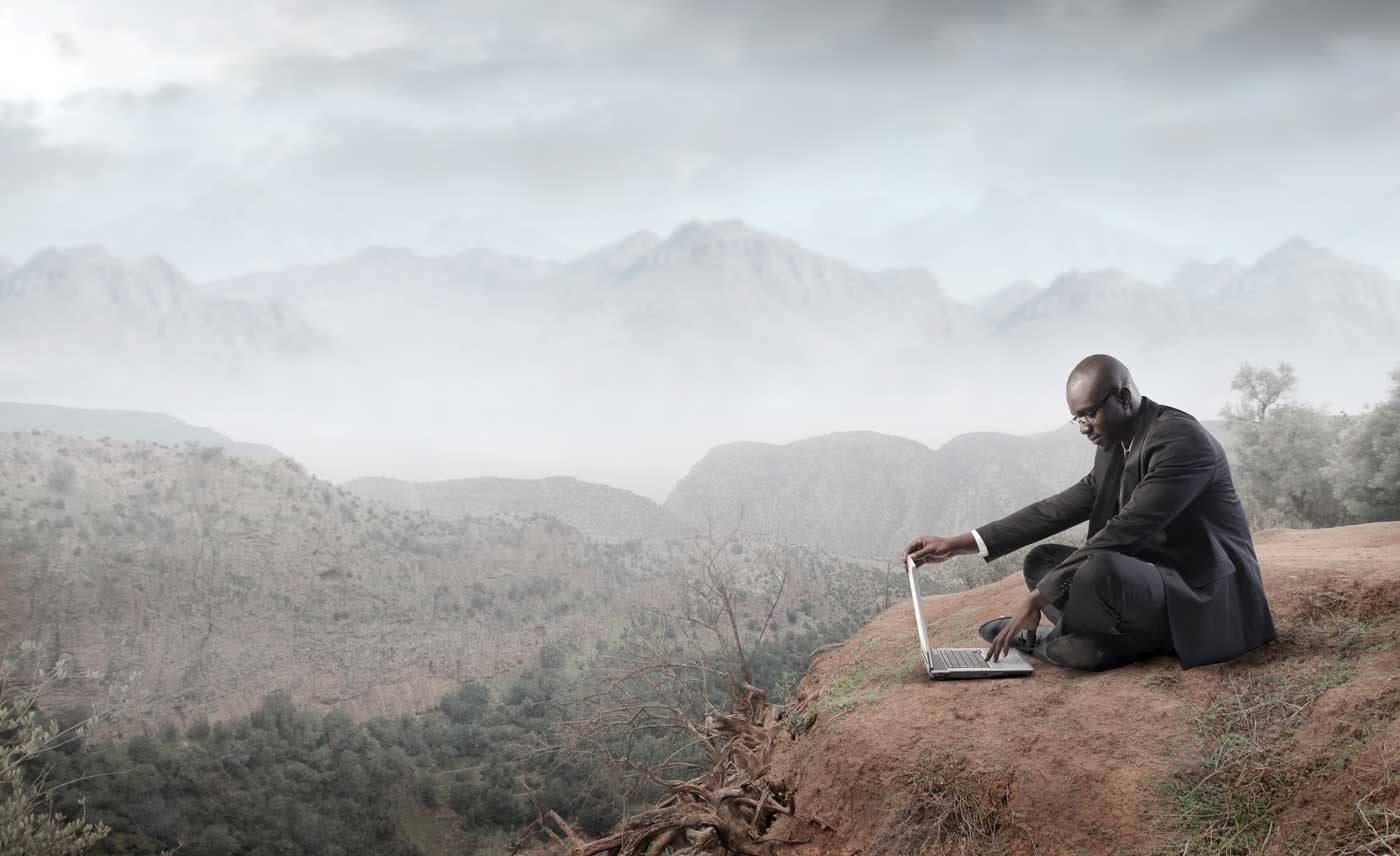The Evolving Digital Creativity Culture: Where does Zimbabwe fit in the International Digital Maze?Now more than ever the world has begun dancing to the sound of the same drum. With the introduction and development of the world wide web it has become effortless for culture and artistic works to cross international physical boundaries with one click of a button. Whilst this has ushered in a new era of unhindered distribution of information, traditions and creative works, it has also created a fog-filled international digital maze that has Intellectual Property Agents and Law makers clamouring for a way out. Zimbabwe too has not been spared.
The internet provides creators with a platform to reach a wider audience; live streaming, downloads, video applications (Youtube), online publishing applications and virtual stores like Amazon and Itunes has ensured that even those individuals in remote areas with very little internet access can get access to a creators work and vice versa. Beyonce for example was able to fly in Mozambican dancers who had never heard of her to perform a traditional Mozambican dance in her “Who Runs the World (Girls)” video. But despite this being a great opportunity for artists, it has been in a way a double-edged sword.
The dark side of the web has seen most if not all creators of digital artistic works make very little money from streaming or downloading royalty income or have their works copied and sold by someone else. Law makers and the justice systems around the globe have also been man-handled by litigation arising from infringement cases. The situation is worse in Africa, with little to no knowledge about Intellectual Property and the rights afforded to creators, litigation is virtually non-existent and what little case law there is does not provide comprehensive precedent which other Intellectual Property Legal Practitioners can follow.
Existing Intellectual Property Laws were developed in the pre-digital era and are being applied in the ever evolving digital environment. As comprehensive as the current laws are, the glove does not fit. What needs to be done now is develop a flexible Intellectual Property system that balances the rights of the public to information, technology and artistic works to the rights of the creators to be compensated for their works.
The World Intellectual Property Organisation (WIPO) has made a step towards that with the enactment of Article 12 of the WIPO Copyright Treaty that has acknowledged the development of Digital Rights Management (DRM). DRM’s are a “…collective term for a wide range of technological measures to verify and control the lawful exploitation of the work, prevent reproduction/ restrict the manner in which a user can deal with a digital work.”
Zimbabwe has relatively modern Copyright Laws but they are slowly failing to meet the demands of the ever changing digital world. As we fall behind, the maze is getting more and more complicated, but we can find comfort in the fact that even the more elaborate legal systems in the world are having a hard time reconciling legal rules and regulations to the intangible space where culture and creativity now exists. Nevertheless as we embark on another day to celebrate the creations of the human mind, the fog surrounding the digital maze might not be lifting as yet but the path towards efficient harmonization is surely there. We just have to find it.

0 Comments